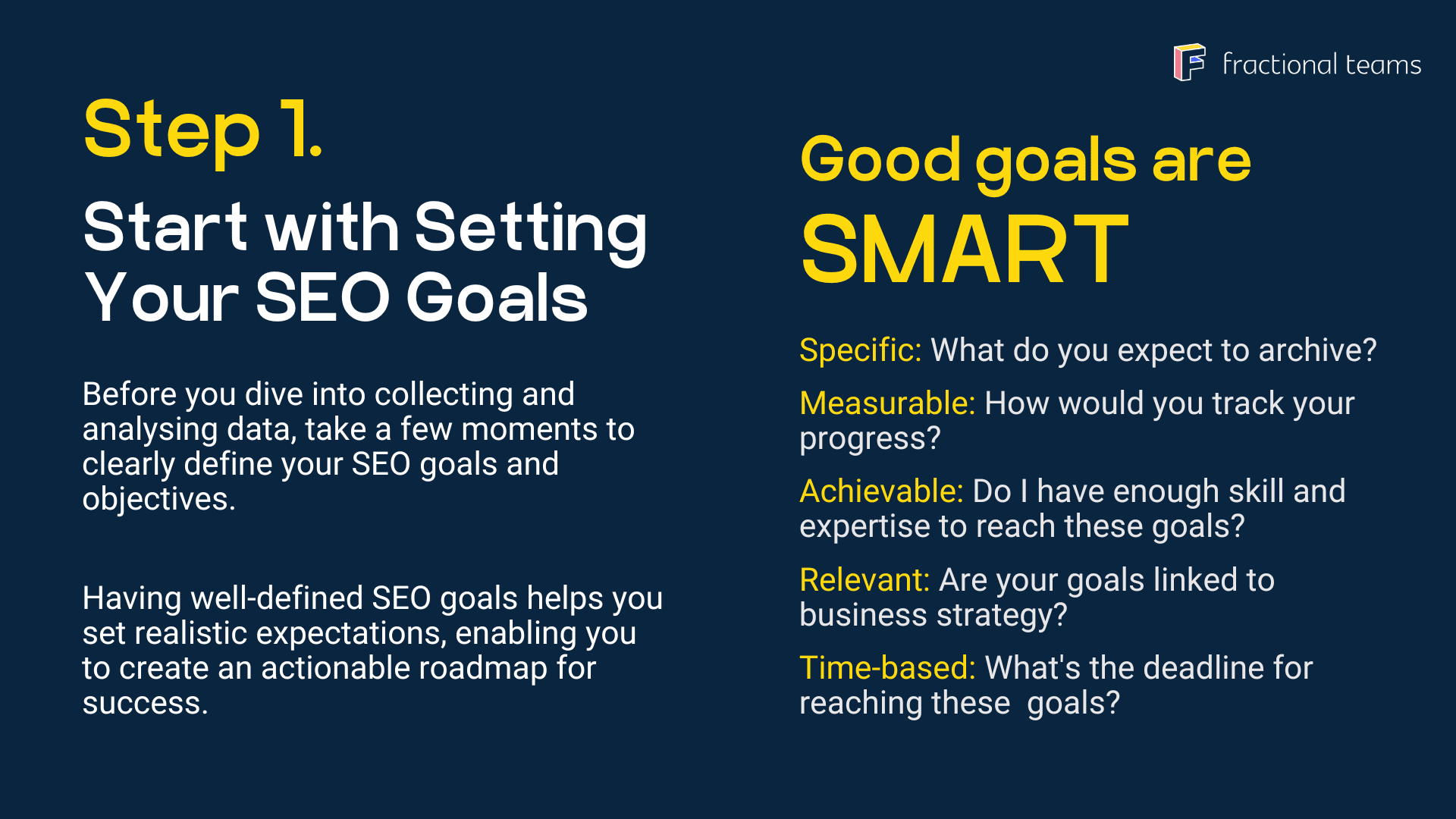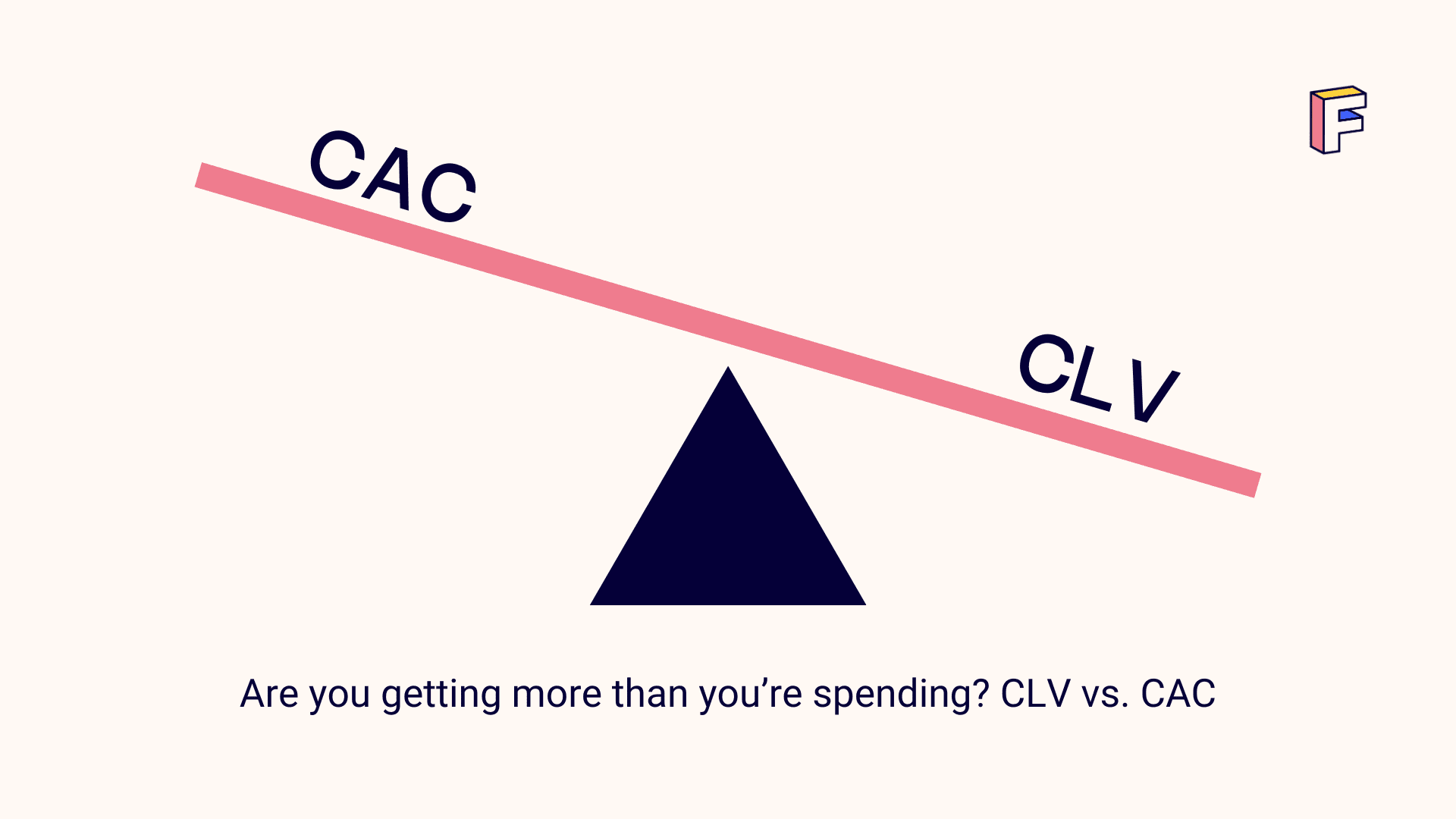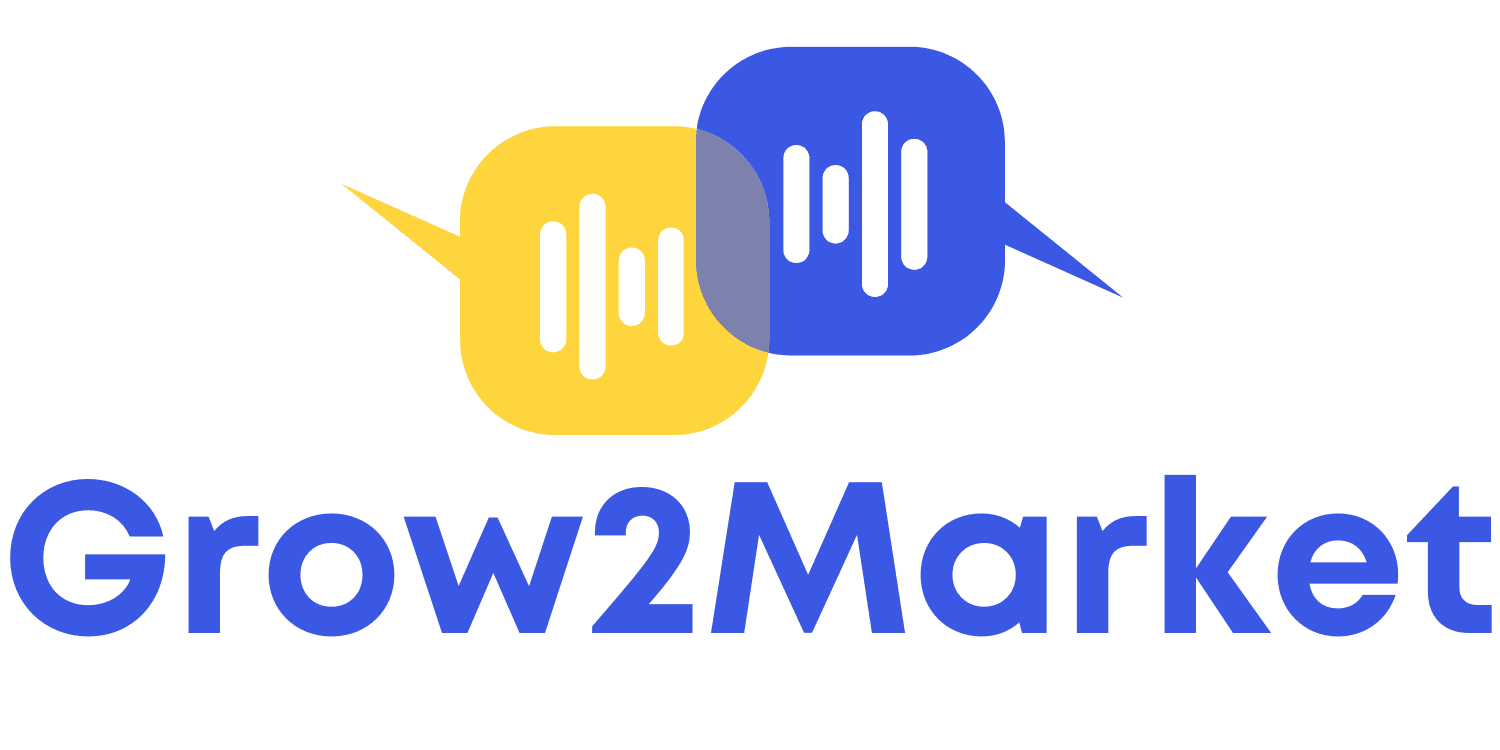Is measuring B2B marketing in 2025 easier than you think?
Starting a new campaign often brings up the question: How will I measure success? Measuring marketing is way too complicated, right? It doesn’t have to be. Knowing what’s working and what’s not can save you a lot of time and money. There are plenty of SEO tools that give you data in seconds, but it’s easy to get lost in a bunch of dashboards and metrics. Some numbers matter more than others, and focusing on the right ones can guide you toward maximum results.
Key takeaways
-
Which B2B marketing metrics are actually worth tracking for better ROI
-
How to connect metrics to business goals without overcomplicating things
-
Why setting clear goals makes it easier to measure what’s working
-
What website traffic, lead generation, and conversion data really tell you
-
How to use data to make smarter marketing decisions without getting lost in it
Table of Contents
Understanding B2B marketing metrics
Marketing metrics aren’t just numbers on a dashboard. They show what’s working and what’s not. They help you understand how well your campaigns are performing and where to focus your efforts. The right metrics can save you time, money, and wasted marketing spend by keeping your strategy aligned with real business goals.
Different numbers reflect different stages of the marketing funnel, from awareness to conversion. In B2B, where sales cycles are longer and decision-making is more complex, not every metric deserves your attention. Some just look good on a report.
But do all metrics actually matter?

When a campaign isn’t delivering results, looking at the data can tell you why. Maybe the messaging isn’t right or the traffic isn’t converting into leads. Knowing where the problem is means you can fix it instead of guessing.
Metrics also play a key role in planning and forecasting. They help set realistic goals, track progress and adjust your approach over time. By focusing on the right data you can make better decisions and drive stronger results.
Setting SMART goals for marketing KPIs
Why should B2B companies care about key marketing metrics? They provide a shared language that everyone from marketers to executives can understand and act on. This clarity builds confidence, encourages collaboration, and keeps everyone moving in the same direction.
Setting SMART goals for your marketing KPIs is like laying a strong foundation for a skyscraper. Without it, your structure won’t stand tall.
Our SEO analytics guide covers how to analyse website traffic, measure engagement, and optimise performance effectively.

When marketers tie SMART goals to business objectives, every marketing effort supports the bigger picture.
Specific goals are a must. Rather than vague objectives like “increase website traffic“, a specific goal would be “increase website traffic by 20% in the next quarter.” This precision leaves no room for misinterpretation and sets a clear path for action.
Measurable objectives allow you to track progress and success. By defining concrete criteria for success, you can determine if you’re hitting the mark or if any adjustments are needed. This constant monitoring is key to staying on course and achieving your desired outcomes.
Setting realistic goals makes it easier to achieve your marketing objectives within the available resources. While it’s tempting to aim for the stars, setting unattainable objectives can lead to frustration and burnout.
Measuring website traffic and engagement
Traffic metrics are instrumental in identifying the most effective marketing channels. By analysing where your traffic is coming from, whether it’s social media, organic search, or paid ads, you can allocate your resources to the channels that deliver the best results. This data-driven approach gives you clear direction instead of guessing.
Page views and session duration are two key indicators of content effectiveness. High page views coupled with long session durations suggest that your content is resonating with your audience. Conversely, if visitors are bouncing quickly, it may be time to reassess your content strategy and improve user experience.
Speaking of bounce rates, these metrics highlight potential issues with user experience. A high bounce rate could indicate that your website isn’t meeting visitor expectations, prompting them to leave quickly.
Finally, conversion paths reveal how visitors transition from casual browsers to qualified leads. By analysing these paths, you can find bottlenecks in your conversion process and make the necessary adjustments to increase lead generation.
Tracking lead generation and conversion rates
Lead generation is at the core of any B2B marketing strategy. Tracking lead generation metrics allows you to assess the success of your outreach efforts and identify which campaigns are driving the most qualified leads.
Conversion rates are a direct measure of the effectiveness of your marketing funnels. They tell you how many of your leads are taking the desired action, such as filling out a form, signing up for a newsletter, or making a purchase.
The quality of your leads can seriously impact your overall sales and revenue. And it’s not just about quantity…The real win is attracting leads who genuinely see value in what you offer and are ready to take action.
Conversion metrics help you fine-tune your strategy for better leads. Digging into the data shows where your funnel needs tweaks to attract and convert the right people.
Analysing customer acquisition cost (CAC)
Customer Acquisition Cost (CAC) tells you exactly how much it costs to bring in a new customer. It’s a good metric for understanding whether your marketing spend is actually paying off, or just burning through the budget.
Digging into CAC shows where money is wasted and where you can spend smarter without sacrificing results. Because the final point isn’t to cut costs but to get the most out of what you’ve already spent.
If Google Ads is bringing in customers at half the cost of social media, shifting more budget there could make impact. But it’s not just about the cheapest channel, it’s about finding the balance between cost and customer quality.
CAC analysis also plays a big role in long-term strategy. It helps you decide where to invest, which campaigns to scale, and where to rethink your approach.
Are your customers worth the cost? (CLV)
Customer Lifetime Value (CLV) tells you how much revenue a customer is likely to bring in over time. It helps shape retention and upselling strategies, making it easier to focus on long-term growth instead of just quick wins.
A high CLV signals strong customer relationships. Satisfied customers stick around, buy more, and contribute to sustained revenue growth. Instead of constantly chasing new leads, businesses with high CLV benefit from repeat purchases and lower churn.
Comparing CLV to CAC gives you a reality check on your marketing efficiency. If CLV is way higher, you’re on the right track. But if they’re too close, it’s a sign to rethink how you’re bringing in customers and whether they’re worth the cost.

CLV also helps you focus on the customers that matter most. When you know who brings the most value, you can invest in keeping them around and making every marketing effort count.
Monitoring return on investment (ROI)
Return on investment (ROI) is the holy grail of marketing metrics. It measures the financial return of your marketing investments, providing a clear picture of how effectively your resources are being used. A strong ROI means your strategy is working, while a weak one is a clear sign to rethink where your money’s going.
Digging deeper into ROI reveals which campaigns deliver the best results. When you know what’s working, you can double down on successful strategies and stop pouring money into underperforming ones.
Clear ROI data also makes it easier to justify marketing decisions. When you can show the financial impact of your efforts, getting stakeholder buy-in for future campaigns becomes much smoother.
Making the most of social media and email metrics
Social media metrics show how your audience interacts with your content, what grabs their attention, and where your brand is gaining traction. The right data helps you sharpen your messaging and reach the right people more effectively.
Smart sales prospecting starts with data — it shows you where to focus your efforts and how to connect with the right potential customers.
Email marketing tells its own story through open rates and click-through rates. If your open rates are high, your subject lines are doing their job. If people are clicking through, your content is compelling. Tracking these numbers helps you understand what actually gets your audience to engage.
Tracking numbers alone won’t tell you much. The real value comes from understanding patterns and using them to improve your strategy. When you spot trends, you can tweak your approach, test new ideas, and improve engagement over time.
Social media analytics also shape content strategy. If certain posts consistently get traction, that’s your cue to create more of what your audience responds to.
Email metrics, on the other hand, reveal how well you’re guiding potential customers through the sales funnel. If people open your emails but don’t take action, it’s a sign to rethink your messaging or offer.
FAQ
What are the top B2B marketing metrics for maximising ROI?
If you want to measure how well your B2B marketing is working, certain metrics give you the clearest picture. Some of the most important ones include lead generation, lead-to-customer conversion rate, customer acquisition cost, customer lifetime value, website traffic, email open rates, social media engagement, ROI on campaigns, sales revenue, and customer retention. These help you see what’s working and where you might need to adjust.
How does lead generation affect B2B marketing ROI?
Lead generation is a big part of B2B marketing because it helps businesses connect with the right potential customers. If you focus on bringing in high-quality leads and track how well they convert, you can fine-tune your marketing to attract people who are actually interested in buying. The better the leads, the more customers you get, which means a stronger ROI.
Why is customer lifetime value important in B2B marketing?
Customer lifetime value (CLV) tells you how much revenue a customer is likely to bring in over time. The higher it is, the more valuable that customer is to your business. Instead of just chasing new leads, focusing on CLV helps you build long-term relationships and keep existing customers coming back. That way, you get more from each customer without always having to find new ones.
How can social media engagement metrics improve B2B marketing ROI?
Social media engagement, like likes, shares, comments, and click-through rates, shows you how well your content is connecting with your audience. If you keep an eye on these numbers, you can see what’s working and tweak your strategy to get better results. More engagement means more brand awareness, more traffic to your site, and ultimately, more leads and sales.
What role does sales revenue play in measuring B2B marketing ROI?
Sales revenue is one of the clearest ways to measure how well your marketing is performing. If your marketing efforts are driving revenue growth, you know you’re on the right track. If not, it’s a sign something needs adjusting, whether that’s your messaging, audience targeting, or overall strategy. At the end of the day, marketing should bring in more business, and revenue helps you track exactly that.
Dariia Panchenko
Hi! I'm Dariia Panchenko, Analytics and Community Manager at Fractional Teams. I write about the best B2B marketing strategies and practices.
